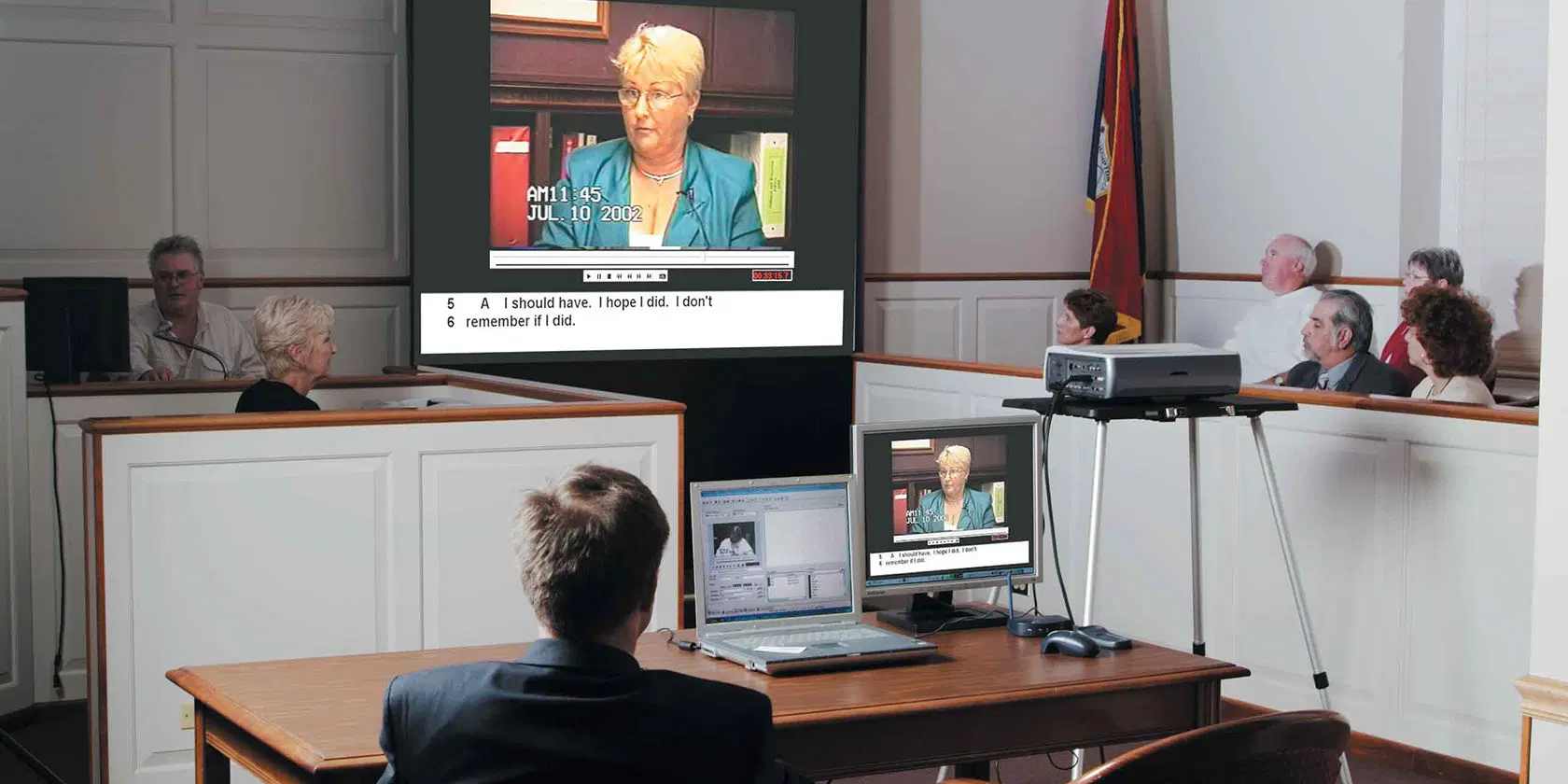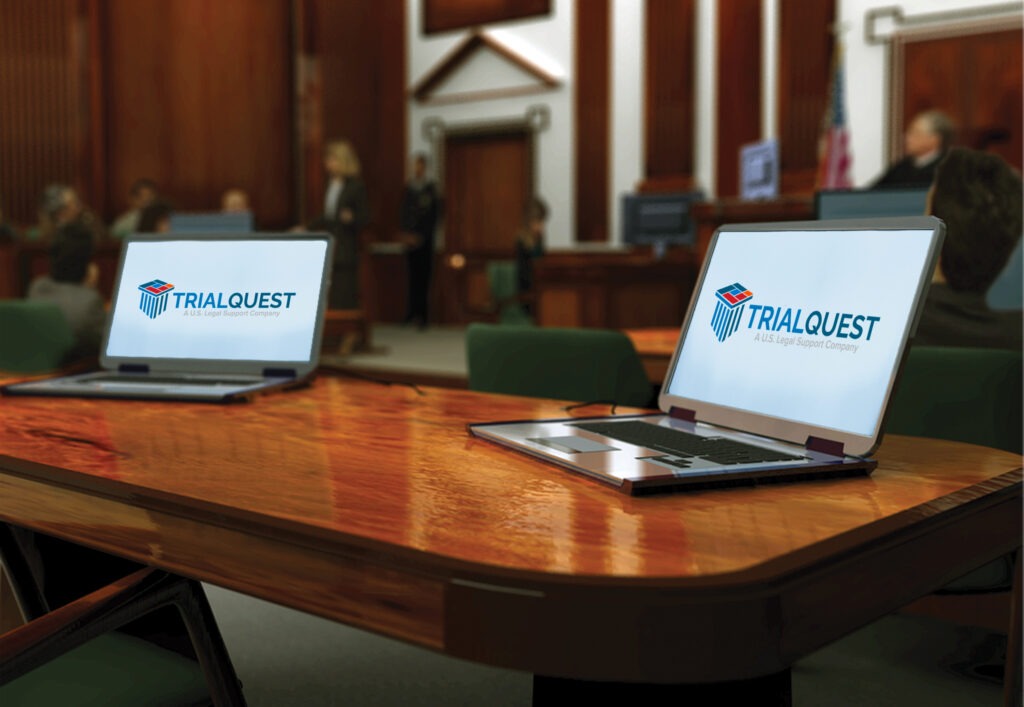Enhance your case with dynamic and well-structured trial presentations that make evidence clear.
Enhance your case with dynamic and well-structured trial presentations that make evidence clear.
Blog Article
Exactly How Trial Presentations Enhance Your Disagreement and Persuade Jurors
Trial discussions serve as a crucial system for boosting legal debates and convincing jurors. The strategic usage of visuals not just clarifies complex information yet also records jurors' attention extra efficiently than words alone.

Importance of Aesthetic Aids
Visual help play a vital function in enhancing the performance of trial presentations, as they can dramatically enhance audience involvement and retention of info. In the context of a test, where jurors are charged with processing complicated information, aesthetic aids offer to simplify and make clear essential points. Charts, charts, and pictures can convey information and concepts that might otherwise bewilder or confuse jurors, enabling a much more straightforward understanding of the proof presented.
Additionally, visual aids assist in maintaining juror focus throughout the proceedings. By breaking the uniformity of verbal testament, these tools can stress crucial debates, making them much more unforgettable. Effective visual help can also evoke psychological actions, which can be pivotal in convincing jurors to straighten with the presenter's narrative.

Crafting Compelling Stories
An engaging narrative is essential in trial discussions, as it serves as the backbone of reliable persuasion. It allows attorneys to weave with each other realities, evidence, and psychological components into a meaningful tale that reverberates with jurors. This narrative structure allows jurors to recognize the intricacies of the case while assisting them via the attorney's disagreement.
To craft an engaging narrative, attorneys should concentrate on clearness and comprehensibility. This entails developing a clear protagonist-- typically the customer-- and detailing their trip via the events concerned. Providing the truths in a sensible series enhances understanding and keeps engagement. Additionally, making use of dazzling summaries can develop psychological photos that aid jurors visualize the occasions, making the story more memorable.
In addition, incorporating vital motifs throughout the discussion basics strengthens the core message and aids in retention - trial presentations. The narrative needs you can try here to not just communicate info but also stimulate a feeling of justice, highlighting the stakes involved. Inevitably, a sound narrative fosters a link in between the jurors and the situation, positioning the lawyer's disagreement as both qualified and engaging, thus increasing the likelihood of a desirable decision

Involving the Court Emotionally
Reliable jury interaction pivots on the attorney's capability to attach with jurors on an emotional level. This link can significantly affect jurors' assumptions and their ultimate decision-making.
Visual help, such as pictures or videos, can even more boost psychological engagement, supplying jurors with dazzling representations of the situation's human aspects. Crafting a story that highlights the battles and triumphs of the individuals included makes certain that jurors see beyond the legal disagreements and acknowledge the human effects of their choices.
Moreover, tone and body language play a vital duty in sharing emotion. An attorney's passionate delivery can resonate with jurors, strengthening their emotional investment in case. It's vital to stabilize sob stories with valid proof, making certain that jurors really feel urged to act while remaining based in the fact. Inevitably, a psychologically involved court is more probable to be convinced, making psychological connection an important element of effective trial presentations.
Structuring Your Presentation

The body of the discussion ought to be logically fractional into bottom lines, each supported by engaging evidence. It is beneficial to utilize narration methods to weave facts right into a narrative that jurors can conveniently follow. Aesthetic aids, such as graphes and videos, can boost comprehension and involvement, helping to highlight essential pieces of proof.
Real-World Situation Researches
Analyzing real-world situation researches provides important understandings right into the art of test discussions and persuasion. The defense team efficiently utilized a method that integrated top-level professional statements with multimedia discussions, which astounded jurors and ultimately influenced their choice.
Another notable example is the "McDonald's Coffee Instance," where the complainant's lawyers made use of visuals photos of the injuries endured by Stella Liebeck. trial presentations. This raw visual proof played a crucial function in conveying the extent of her directory burns, leading to a significant jury honor. Such situations show that impactful trial presentations commonly hinge on the efficient combination of visuals and storytelling to evoke psychological feedbacks from jurors
Furthermore, the "Casey Anthony Trial" highlighted the significance of narrative coherence and trustworthiness. The prosecution's failure to develop a compelling timeline reduced their convincing power, underscoring the necessity of a well-structured discussion. Analyzing these instances discloses that effective trial discussions call for calculated planning, psychological involvement, and the capability to resonate with jurors' worths and beliefs.
Conclusion
Trial presentations dramatically improve debates and persuade jurors with the strategic use of aesthetic aids, compelling stories, and emotional interaction. A well-structured discussion balances emotional allures with factual evidence, inevitably resonating with jurors' values.
Report this page